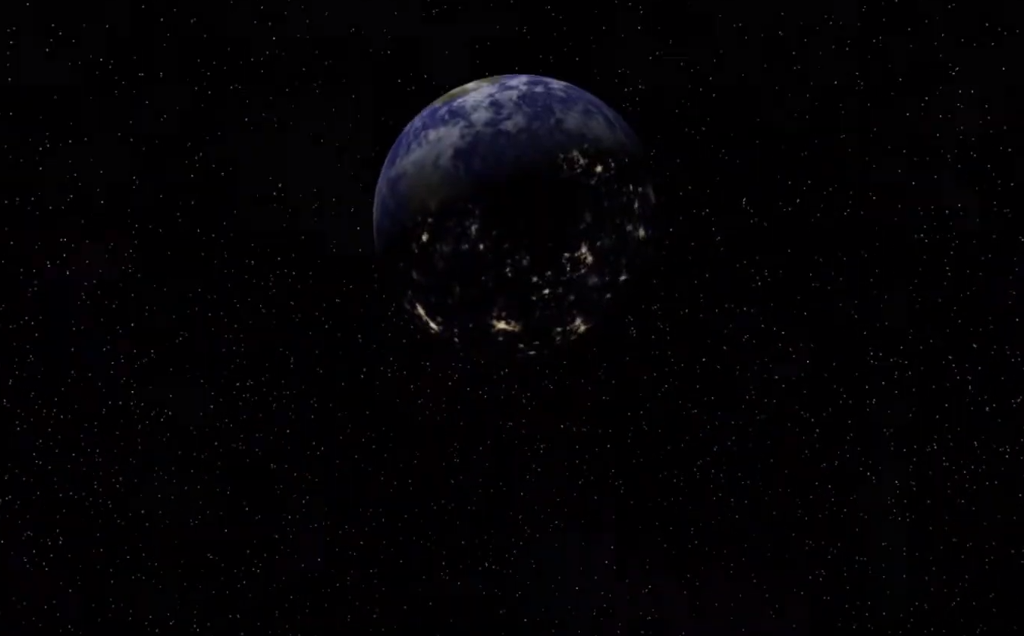I honestly can't figure this out.
I should be able to do this, I'd think, but even using examples I've found online in my program don't work.
I can do a full screen quad of a texture and it can display fine 1:1.
I can even change the vertexes and make it 1.25x 1.5x 2.5x, whatever… It'll work and go off screen.
I can't, however, shrink it to do .5x or .25x or anything.
If I go below 1x, it just doesn't draw at all and I can't figure out why.
I'm using an XYZRHW + TEXCOORD vertex.
These are my vertexes for the triangle strip quad (2 primitives):
{ -0.5f, -0.5f, 1.0f, 1.0f, 0.0f, 0.0f },
{ resX - 0.5f, -0.5, 1.0f, 1.0f, 1.0f, 0.0f },
{ -0.5, resY - 0.5f, 1.0f, 1.0f, 0.0f, 1.0f },
{ resX - 0.5f, resY - 0.5f, 1.0f, 1.0f, 1.0f, 1.0f
resX = width of the screen
resY = height of the screen
Like I said, works fine if I keep resX and resY to the width or height of the screen OR bigger.
If I try to draw something smaller, it just doesn't draw…
Any ideas?
(I'm trying to use a quad to downscale a texture and I can't do ANY downscaling at all because of this, only up.)








